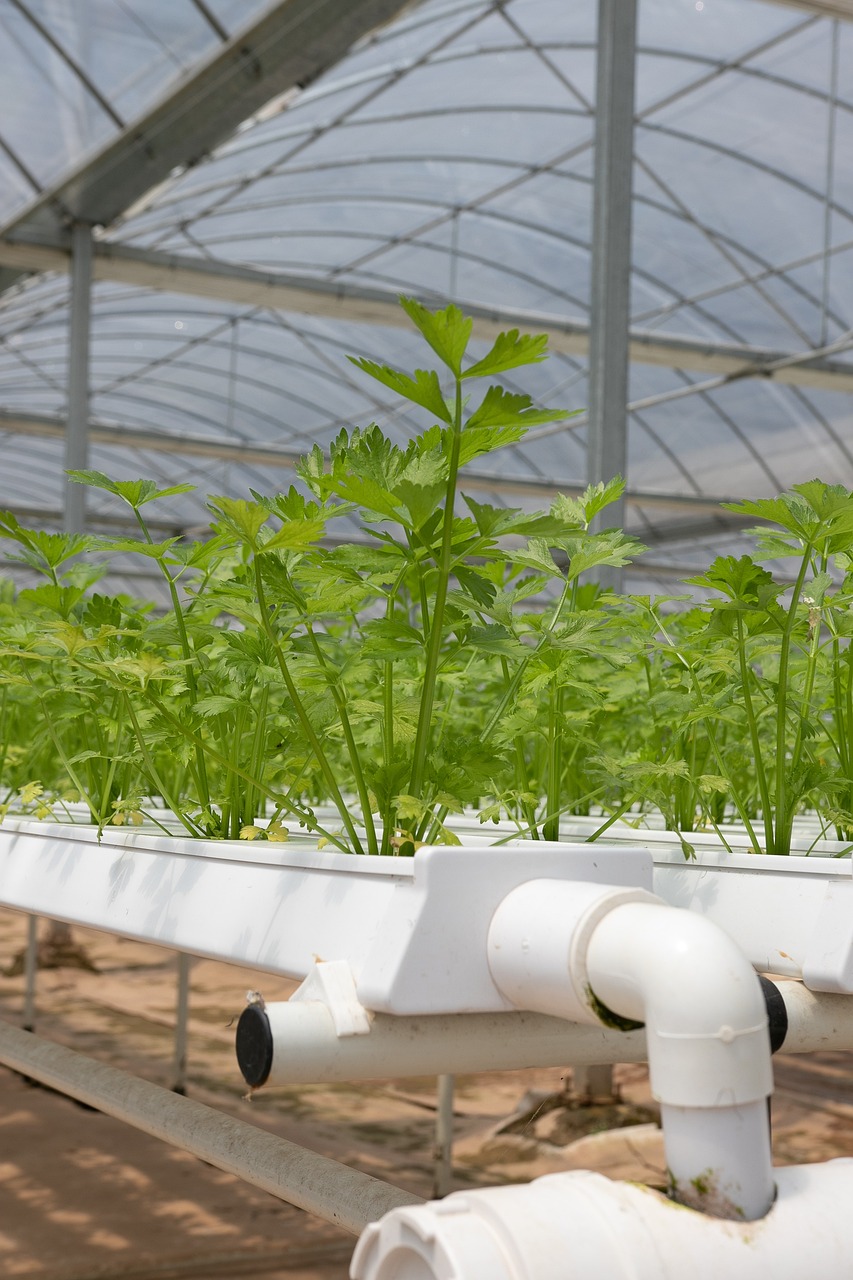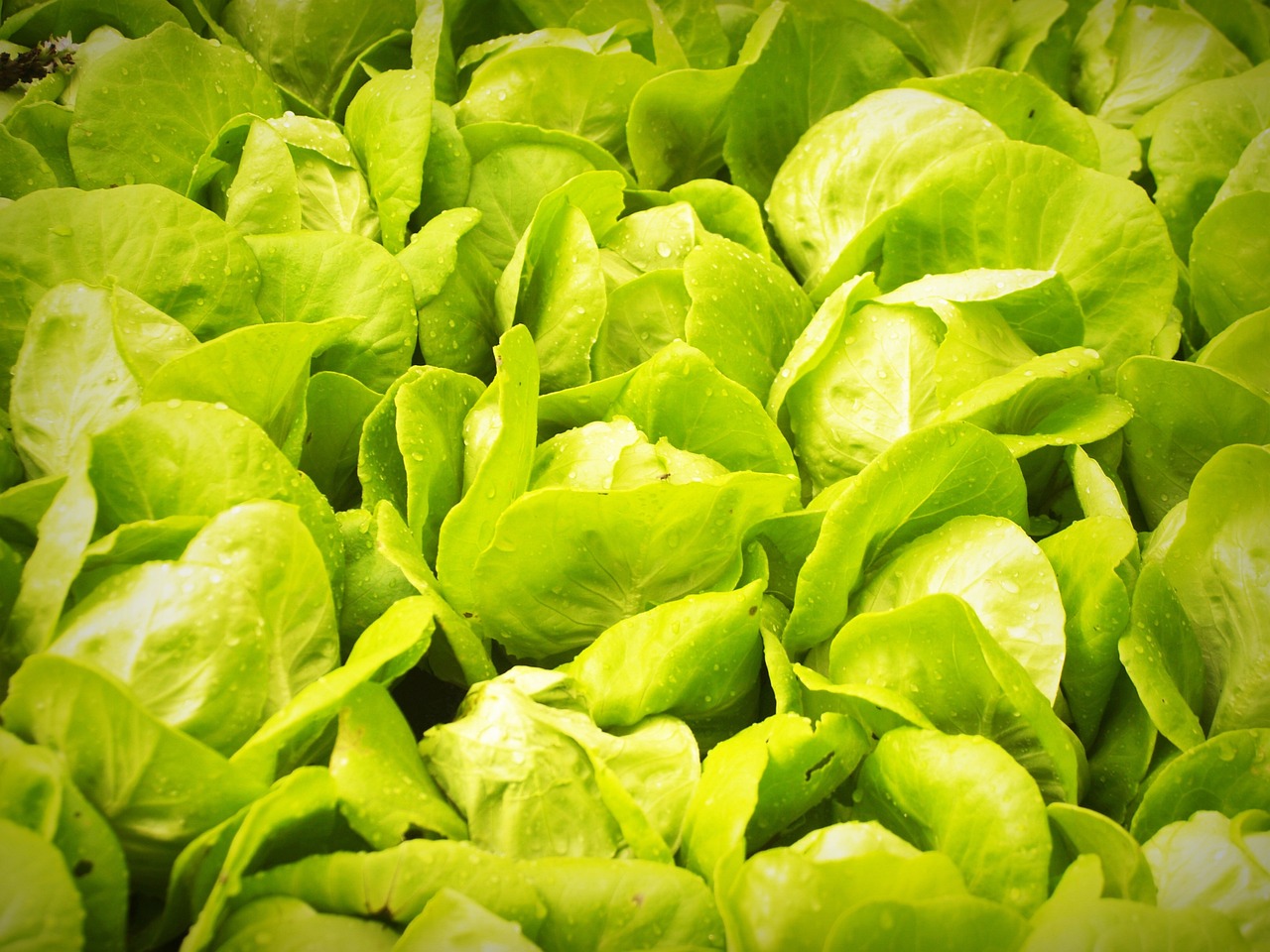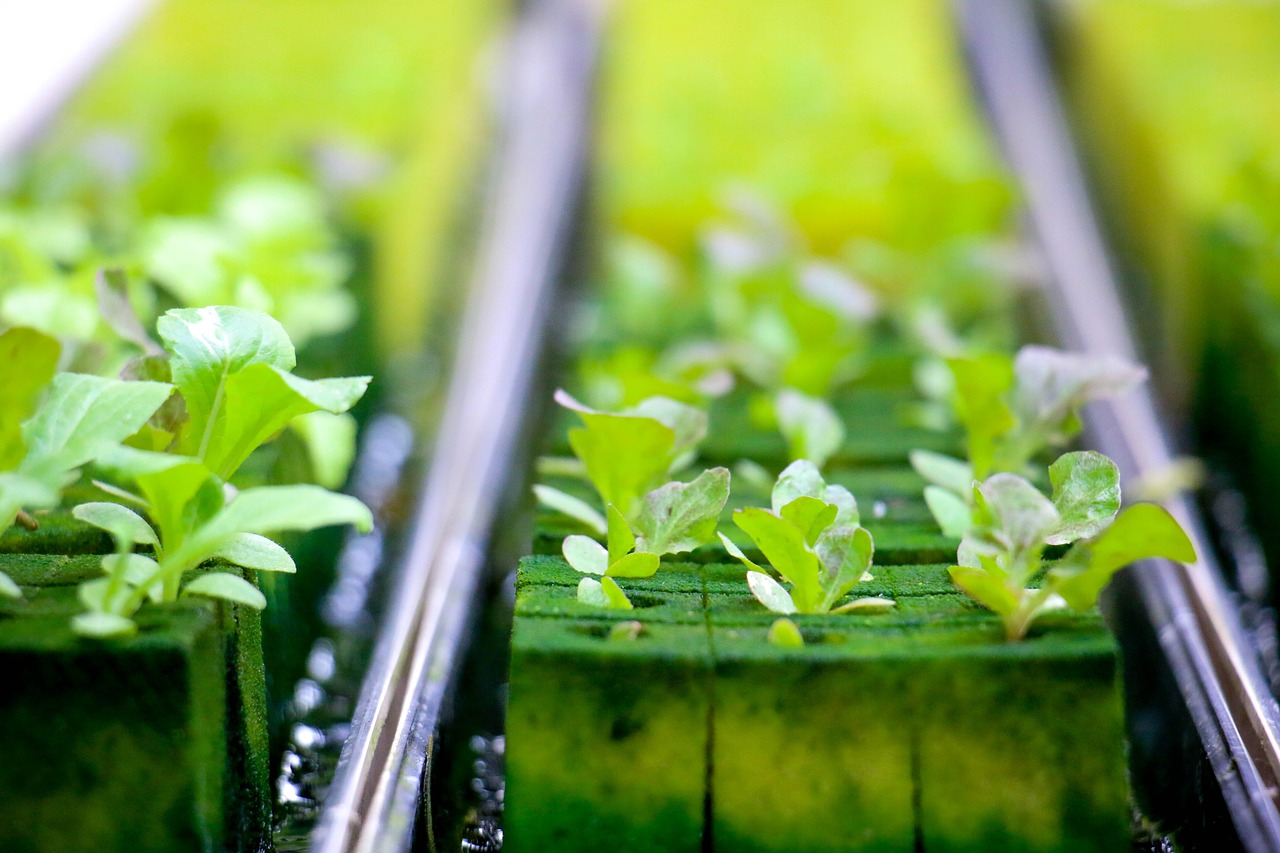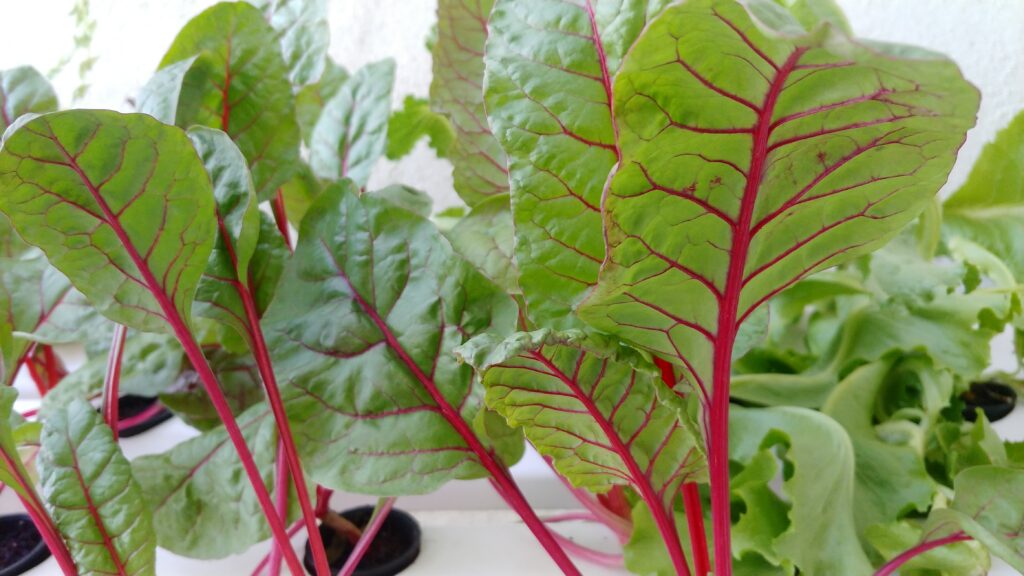If you are new to hydroponic gardening and eager to embark on this exciting and innovative journey, you may be wondering which hydroponic garden is best suited for beginners. With a wide variety of options available, it can be overwhelming to choose the right one for your needs. Whether you have limited space, are on a tight budget, or simply want a hassle-free setup, this article will guide you towards finding the perfect hydroponic garden that will enable you to grow your favorite plants with ease and confidence.
Types of Hydroponic Systems
When it comes to hydroponic gardening, there are several different systems to choose from. Each system has its own unique set of advantages and considerations, so it’s important to understand the differences before diving in. Here are some of the most common types of hydroponic systems:
Wick System
The wick system is one of the simplest and most beginner-friendly hydroponic systems available. It operates by using a wick to draw nutrient-rich water from a reservoir into the growing medium where the plants are housed. This passive system requires no pumps or electricity, making it a low-maintenance option for beginners. However, larger plants may struggle to receive enough water through the wick alone.
Deep Water Culture System
The deep water culture (DWC) system is another beginner-friendly option that is easy to understand and set up. In this system, plants are suspended in a nutrient-rich solution with their roots submerged. The oxygenation of the water is crucial in a DWC system, as the roots need a constant supply of oxygen to thrive. This system requires an air pump and airstones to ensure proper oxygen levels.
Nutrient Film Technique System
The nutrient film technique (NFT) system is a popular choice for experienced hydroponic gardeners, but can also be suitable for beginners. In this system, a thin film of nutrient-rich water flows through a sloping tray or channel, constantly bathing the roots of the plants. The excess water is then collected and recycled back to the reservoir. While the NFT system provides excellent oxygenation to the roots, it requires careful monitoring to prevent clogging and ensure proper nutrient flow.
Drip System
The drip system is one of the most widely used hydroponic systems, favored for its versatility and ease of use. In this system, a timer-controlled pump delivers nutrient-rich water to the plants through emitters or drip stakes. The excess water is collected and recycled, similar to the NFT system. Drip systems can be customized to accommodate a variety of plant sizes and are ideal for growers who want more control over their nutrient delivery.
Ebb and Flow System
Also known as the flood and drain system, the ebb and flow system is a versatile choice for hydroponic gardening. This system periodically floods the growing medium with nutrient-rich water and then drains it back into the reservoir. The flood and drain cycle can be controlled by a timer or a sensor, providing an adjustable watering schedule. While the ebb and flow system offers good oxygenation to the roots, it does require regular maintenance to prevent pump failures and clogs.
Aeroponic System
The aeroponic system is considered one of the most advanced hydroponic systems, but it can still be utilized by beginners. In this system, the plants are suspended in air and their roots are misted with a nutrient-rich solution. The mist provides both water and nutrients to the roots, enabling rapid growth and efficient nutrient absorption. However, due to the complexity of the system, aeroponics requires careful monitoring and maintenance to prevent clogs and ensure proper misting.
Hybrid Systems
Hybrid hydroponic systems combine different techniques to create customized setups that meet specific needs. These systems often involve combining elements from multiple systems, such as using a drip system with NFT channels. Hybrid systems offer the benefits of multiple techniques, allowing for increased flexibility and optimization. However, they can also be more complex to set up and maintain compared to single-system setups.

Considerations for Beginners
Before diving into hydroponic gardening, there are a few important considerations for beginners to keep in mind. These factors can greatly influence the success of your hydroponic garden and help you choose the right system:
Space and Location
The amount of space available and the location of your hydroponic garden are important factors to consider. Some systems, like the wick system and aeroponic system, can be set up in smaller spaces such as apartments or balconies. Others, like the NFT or ebb and flow system, may require a larger area or dedicated grow room. Additionally, the location should provide adequate lighting and ventilation for optimal plant growth.
Budget
The cost of setting up a hydroponic garden can vary depending on the system and equipment you choose. Some systems, like the wick system or drip system, can be more affordable, while others, like the aeroponic system or NFT system, may require a larger investment. It’s important to consider the initial setup costs, as well as ongoing expenses such as nutrient solutions, pH testers, and replacement parts.
Plant Selection
The type of plants you wish to grow will also impact your choice of hydroponic system. Some systems, like the DWC system or NFT system, are well-suited for leafy greens and herbs, while others, like the ebb and flow system or aeroponic system, can accommodate a wide range of plants, including larger vegetables and fruiting crops. Consider the specific requirements of your chosen plants, such as light, temperature, and nutrient needs.
Maintenance
Different hydroponic systems require varying levels of maintenance. Some systems, like the wick system or DWC system, are relatively low-maintenance and require minimal monitoring. Others, like the aeroponic system or NFT system, may require more frequent attention to ensure proper water flow, nutrient balance, and system cleanliness. Be realistic about the time and effort you are willing to invest in maintaining your hydroponic garden.
Ease of Use
For beginners, it’s often recommended to start with a hydroponic system that is easy to use and understand. Systems like the wick system, deep water culture system, or drip system are beginner-friendly and require minimal technical knowledge. As you gain experience and confidence, you can explore more complex systems like the aeroponic system or NFT system.

Hydroponic Kits for Beginners
If you’re a beginner looking to start your hydroponic garden, purchasing a hydroponic kit can be a great option. These kits come with all the necessary components and instructions to get you started, making the process easier and more streamlined. Here are some types of hydroponic kits suitable for beginners:
Basic Starter Kits
Basic starter kits are designed for beginners who want a simple and affordable way to start hydroponic gardening. These kits usually include a small-scale system, such as a wick system or a basic DWC system, along with nutrient solutions, growing medium, and instructions. Basic starter kits are a great way to dip your toes into hydroponics without investing too much upfront.
Pre-Made Systems
Pre-made hydroponic systems are ready-to-use setups that require minimal assembly and setup. These systems often come with built-in features like timers, pumps, and reservoirs, making them convenient for beginners. Pre-made systems can vary in size and complexity, allowing you to choose a setup that suits your space and plant selection. They often come with detailed instructions and may include additional accessories such as pH testers or plant nutrients.
DIY Kits
If you enjoy a hands-on approach, DIY hydroponic kits may be the right choice for you. These kits provide the necessary components and instructions for building your own hydroponic system. DIY kits can be a fun and educational way to learn about hydroponics while customizing your setup to fit your specific needs. However, keep in mind that building your own system requires more time and effort compared to ready-to-use kits.
Indoor Kits
For those who want to grow plants indoors, there are specific hydroponic kits designed for indoor gardening. These kits often include components like grow lights, reflective materials, and ventilation systems to create optimal growing conditions. Indoor kits can be a great option for beginners who don’t have access to natural sunlight or want to grow plants year-round.

Wick System
Definition
The wick system is a passive hydroponic system that relies on a wick to draw nutrient-rich water from a reservoir into the growing medium where the plants are housed. This system is known for its simplicity and low-maintenance nature, making it an ideal choice for beginners.
How It Works
In a wick system, a wick, usually made of cotton or other absorbent materials, acts as a conduit to transport water from the reservoir to the plant roots. The wick absorbs the nutrient solution and channels it upwards, allowing the plants to absorb water and nutrients through their roots.
To set up a wick system, you’ll need a reservoir filled with nutrient solution, a growing medium, and a wick that connects the reservoir to the growing medium. The wick should be placed in contact with the growing medium, allowing it to absorb the water and deliver it directly to the plant roots.
Pros
One of the main advantages of the wick system is its simplicity. It requires no pumps or electricity, making it easy to set up and maintain. The passive nature of the system also makes it a reliable option, as there are no mechanical components that can malfunction.
The wick system is also cost-effective, as it requires minimal equipment and can be made with readily available materials. It is a great option for those on a budget or who want to experiment with hydroponic gardening without a significant investment.
Cons
While the wick system is suitable for small plants with low water requirements, it may not be the best choice for larger plants or those with higher water needs. The wick can only transport a limited amount of water, so larger plants may struggle to receive enough water through the wick alone.
The wick system also has limited control over nutrient delivery. As the wick continuously transports water, any excess nutrients may accumulate in the growing medium, potentially leading to imbalances. Regular monitoring and adjustment of the nutrient solution may be necessary to ensure optimal plant growth.
Despite these limitations, the wick system remains a popular choice among beginners due to its simplicity and low maintenance requirements. It can be a great starting point for those looking to dip their toes into hydroponic gardening.





